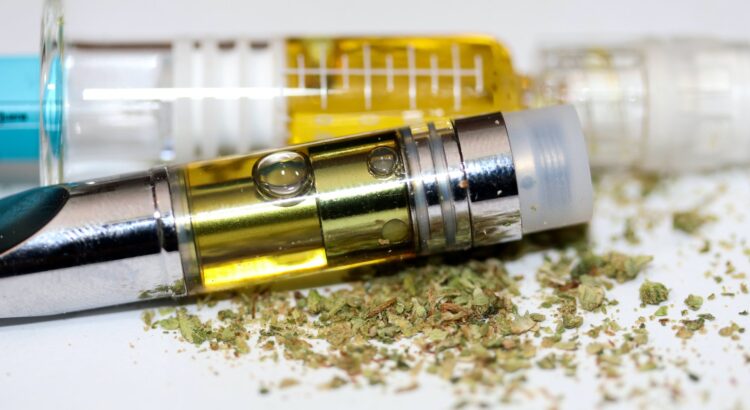Introduction
In recent years, Canada has seen an uptick in individuals turning to weed delivery services. With cannabis legalization gaining traction, the way consumers obtain their marijuana products is changing. While traditional dispensaries continue to operate across the country, delivery services are gaining significant traction. But what’s driving this surge in popularity? Let’s explore.
Click The Link For Order Weed Online :- https://topshelfbc.cc/buy-weed-online-pei/
The Draw of Digital Platforms
Modern consumers are digitally savvy. With the proliferation of smartphones and high-speed internet, shopping online has become second nature. Weed delivery services tap into this trend by offering robust digital platforms that allow consumers to browse products, read reviews, and place orders with a few taps on their screens. The streamlined digital experience and user-friendly interfaces make the process efficient and appealing.
Safety and Social Distancing
The recent global health challenges have underscored the importance of safety and social distancing. In this context, weed delivery services have become safer than visiting brick-and-mortar stores. By minimizing direct person-to-person contact and ensuring secure handling and packaging of products, these services provide peace of mind to consumers who prioritize their health and safety.
Tailored to Urban Lifestyles
Canada’s urban areas, bustling with activity, have residents with hectic schedules. The convenience of having cannabis products delivered straight to one’s doorstep fits perfectly into the urban lifestyle. Urbanites no longer need to factor in travel time to dispensaries or wait in lines; with a few clicks, their preferred products are en route to them.
Conclusion
Weed delivery services in Canada are not just a fleeting trend; they represent a shift in consumer behaviour influenced by technology, safety concerns, and urban lifestyles. As they continue to grow in popularity, they offer a glimpse into the future of cannabis consumption in the country. Both consumers and businesses in the cannabis industry would do well to pay attention to this evolving landscape, ensuring they stay ahead of the curve.

